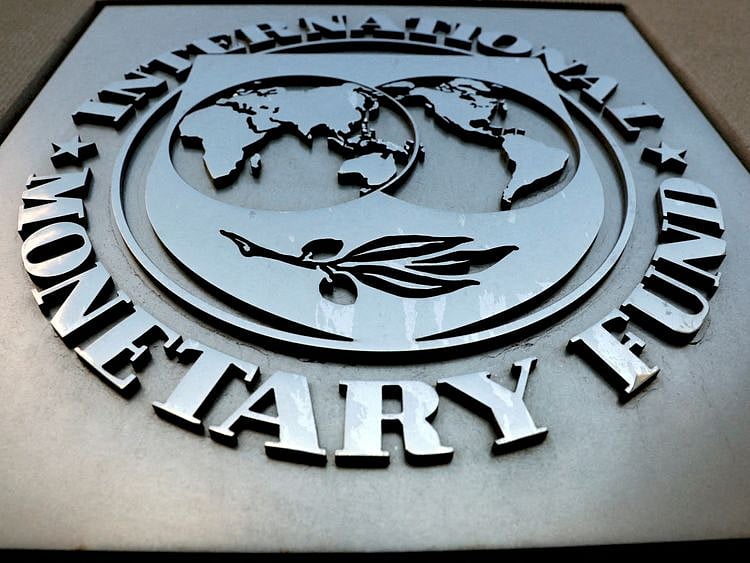IMF says China, India to drive about half of 2023 global growth
Strongest spillovers to regional growth have been from Chinese demand for investment goods

Shanghai: China and India will together account for about half of global growth this year, underscoring Asia’s increasing heft in the world economy, according to the International Monetary Fund.
The Washington-based fund is now forecasting growth in the Asia Pacific region will come in at 4.6 per cent this year, some 0.3 percentage points higher than expected in October, and faster than the 3.8 per cent last year “- mostly due to China’s reopening. The region as a whole will contribute over 70 per cent of global growth this year, the IMF estimates.
China’s recovery is lifting activity around the region, Krishna Srinivasan, director of the IMF’s Asia and Pacific Department wrote in a blog.
Also Read
IMF trims world growth outlook as financial risks raise pressureUK will beat IMF’s dismal growth forecasts, Chancellor Hunt saysIMF says public debt is growing faster than pre-COVID projectionsUK to see worst economic performance among G-7 peers in 2023: IMF“The strongest spillovers to regional growth have been from Chinese demand for investment goods,” he said. “But this time, we expect the biggest spillover effect will be from China’s increased demand for consumption goods.”
Even so, China’s expansion at 5.2 per cent would be substantially lower than its pre-Covid trend rate. IMF First Deputy Managing Director Gita Gopinath earlier Thursday highlighted that “we don’t have any Chinas anymore that are growing at very high rates.”
“So for the global economy as a whole, we don’t have very large engines of growth,” Gopinath said on Bloomberg Television. “Unless we raise productivity, we are going to struggle with low growth.”
Meantime, Srinavasan said that “- like other parts of the world “- Asia will need to be wary of threats including enduring inflation and leverage and risks in the financial and real estate sectors.
“Policymakers should keep a close eye for financial stress and develop contingency plans,” Srinivasan said.
Sign up for the Daily Briefing
Get the latest news and updates straight to your inbox
Network Links
GN StoreDownload our app
© Al Nisr Publishing LLC 2025. All rights reserved.